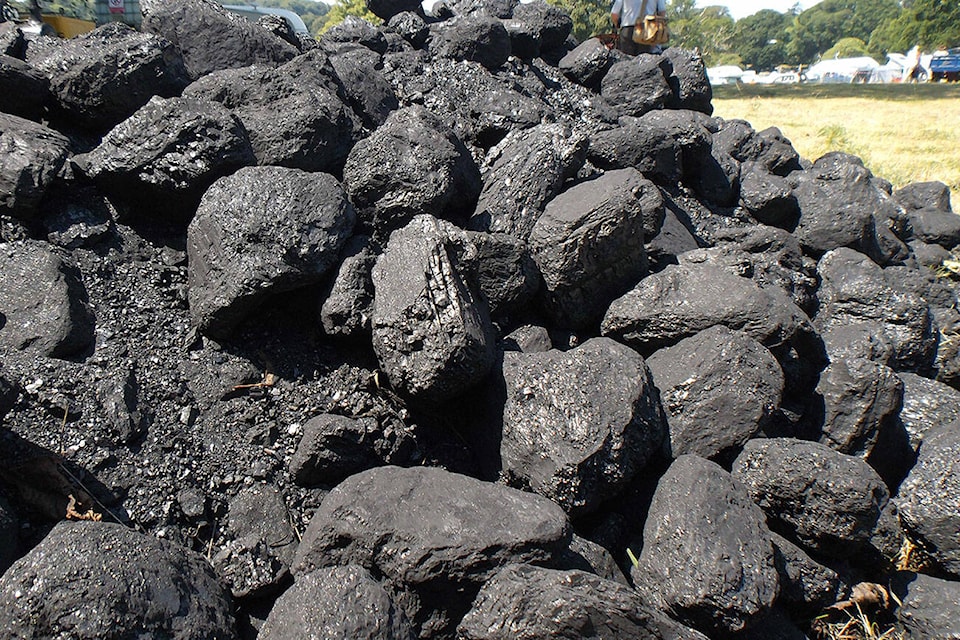Canadian exports of the kind of coal used to make electricity hit an eight-year high in 2022, even as the Liberals have promised to work on banning exports completely by the end of the decade.
The Liberals made the promise during the 2021 election and it was listed in Environment Minister Steven Guilbeault’s mandate letter that December.
In the year that followed, Canada exported more than eight million tonnes of domestically produced thermal coal, a 60 per cent increase over 2021 and more than eight times what was exported in 2018.
That year, thermal coal exports hit a low of one million tonnes, before rapidly rising, doubling to two million tonnes in 2019, almost five million tonnes in 2020 and 5.5 million tonnes in 2021.
NDP environment critic Laurel Collins says those numbers are simply “shocking.”
Collins will introduce her own private member’s bill today to ban thermal coal exports. She said in an interview she’s moving on the issue because the Liberals have not.
“It’s really disheartening given the impact of coal on the climate crisis,” Collins said.
The export data was provided to Collins by the government in an answer to an order paper question she posed in the House of Commons last fall.
The response says the 8.23 million tonnes of thermal coal exported in 2022 would produce 18 million tonnes of greenhouse gases. That’s the equivalent to what about four million passenger vehicles would emit in a year.
The answer also included a look at how much coal is exported through Canada, but produced elsewhere. Most of that comes from the United States. Exports of coal through Canada went from eight million tonnes in 2015 to 14 million tonnes in 2018, and then down to 10 million in 2022.
The Liberals have already enacted a policy to phase out coal-fired power plants in Canada by 2030, unless they are equipped with technology to trap and store their greenhouse-gas emissions. They have also co-led with the United Kingdom a global “powering past coal” initiative to compel a reduction in coal power worldwide.
Canada’s domestic coal use has plummeted in recent years, even before the Liberal phase-out policy, as Ontario’s previous Liberal government moved to close down all of its coal-fired power plants. Only four provinces, Alberta, Saskatchewan, Nova Scotia and New Brunswick, still rely on coal to make electricity. Alberta is on track to close its last coal plant some time this year.
But as demand in Canada falls, international demand has boomed, setting new records in both 2022 and 2023, according to the International Energy Agency.
Statistics Canada reports that since 2020, international demand for coal has been rising to meet growing needs for power. That demand was exacerbated in 2022, after Russia invaded Ukraine, causing a spike in natural gas prices and a coinciding demand for cheaper coal power.
Coal is considered to be the dirtiest source of electricity, producing more emissions than other fossil fuels to make the same amount of electricity.
READ ALSO: ‘Unacceptable environmental effects:’ New federal policy restricts thermal coal
READ ALSO: Northwest B.C. coal mine reaches Environmental Assessment application milestone
